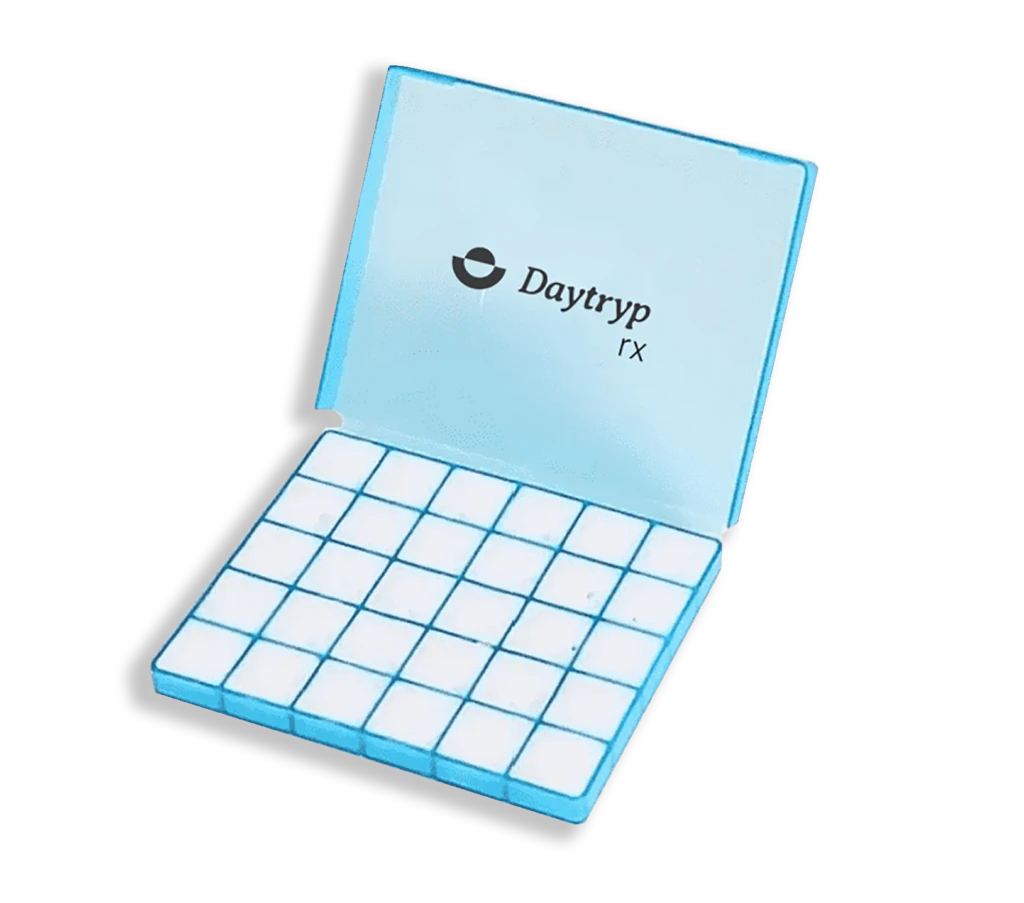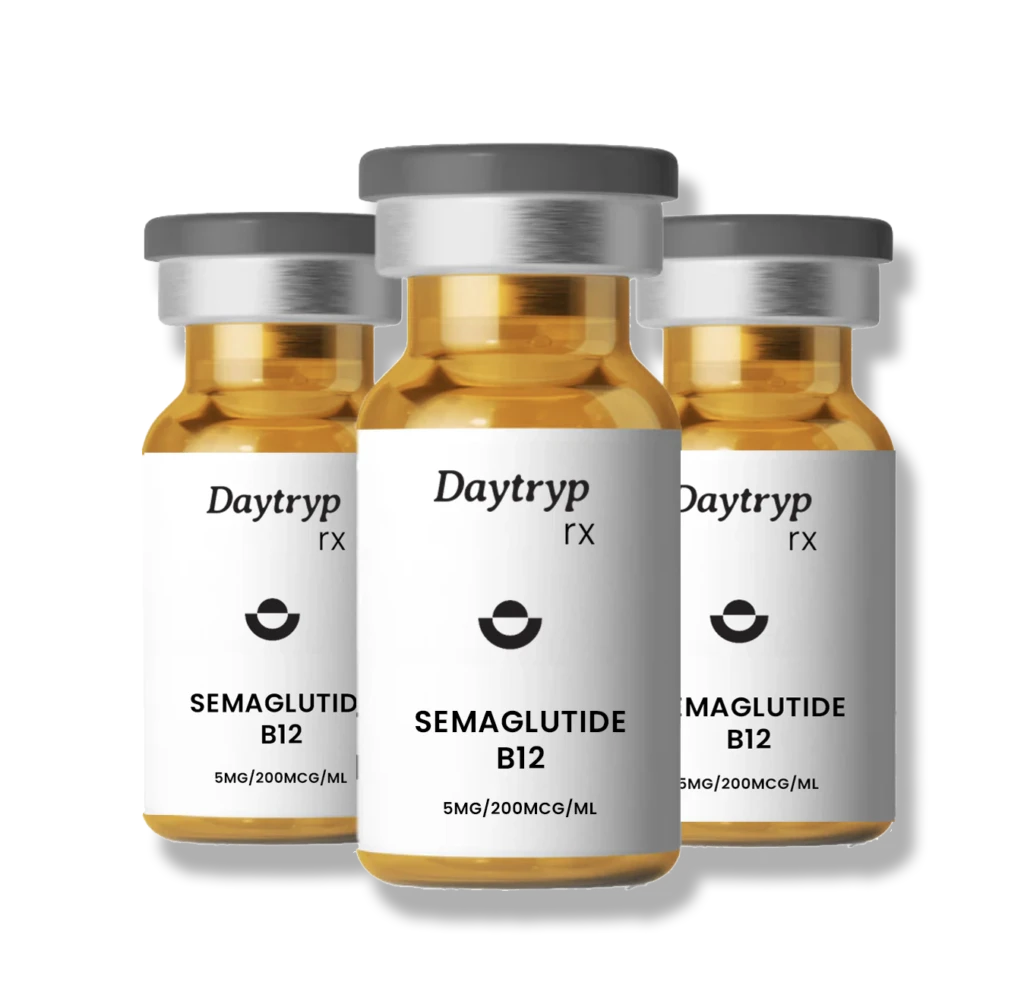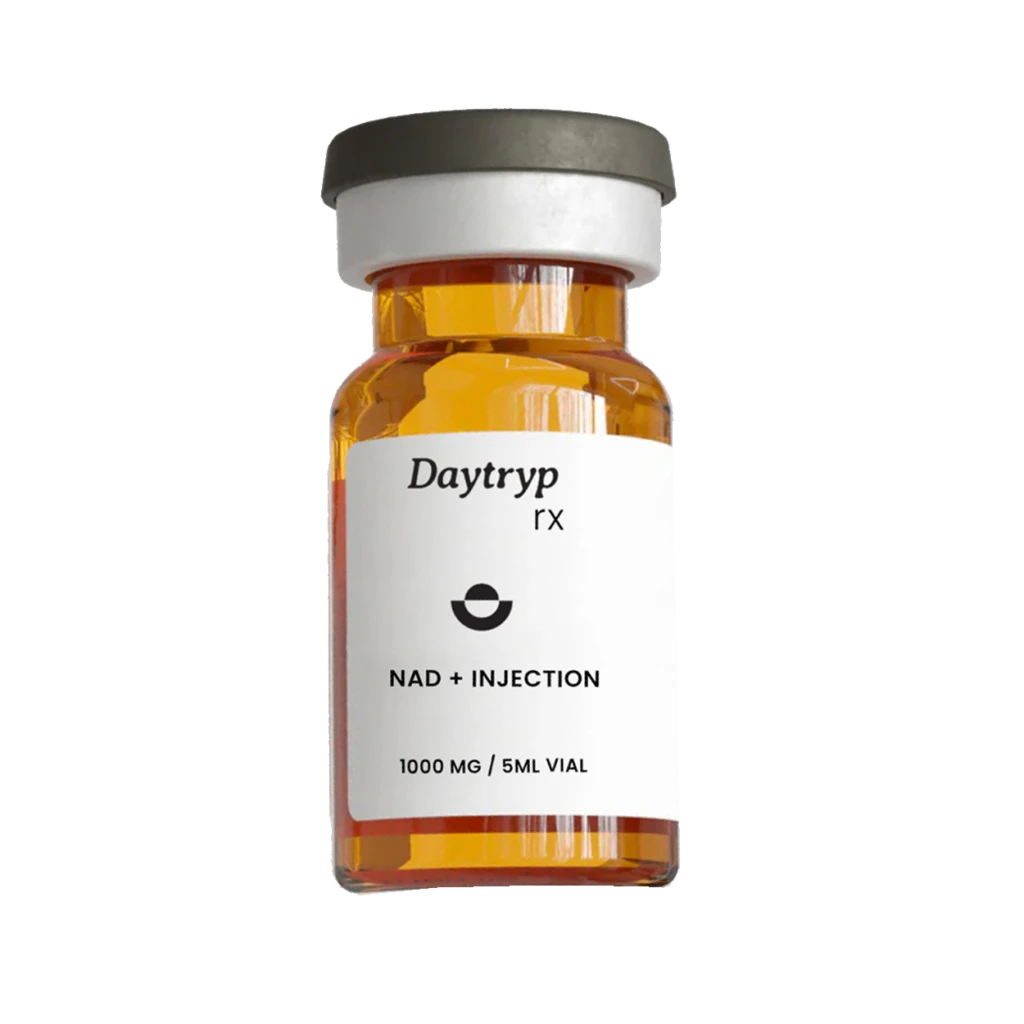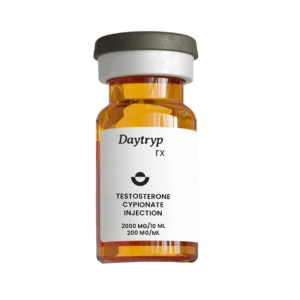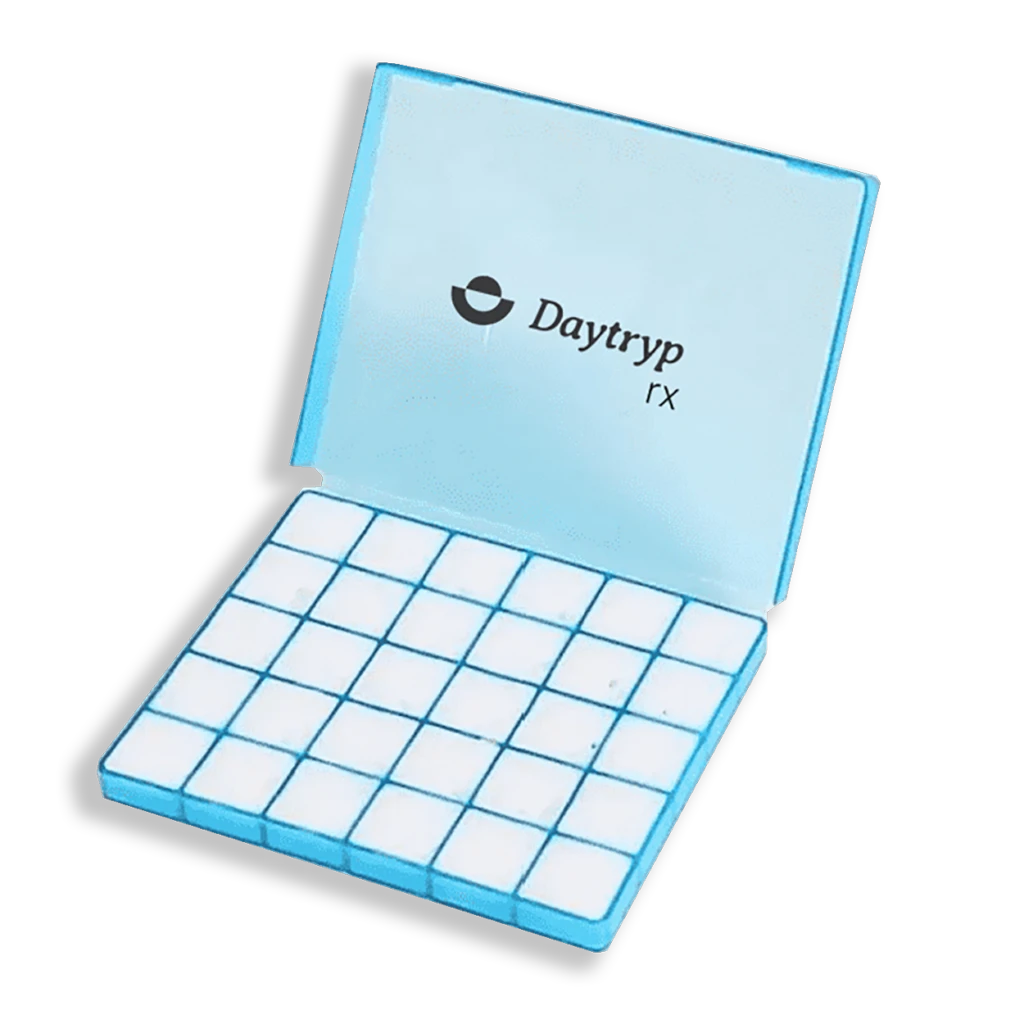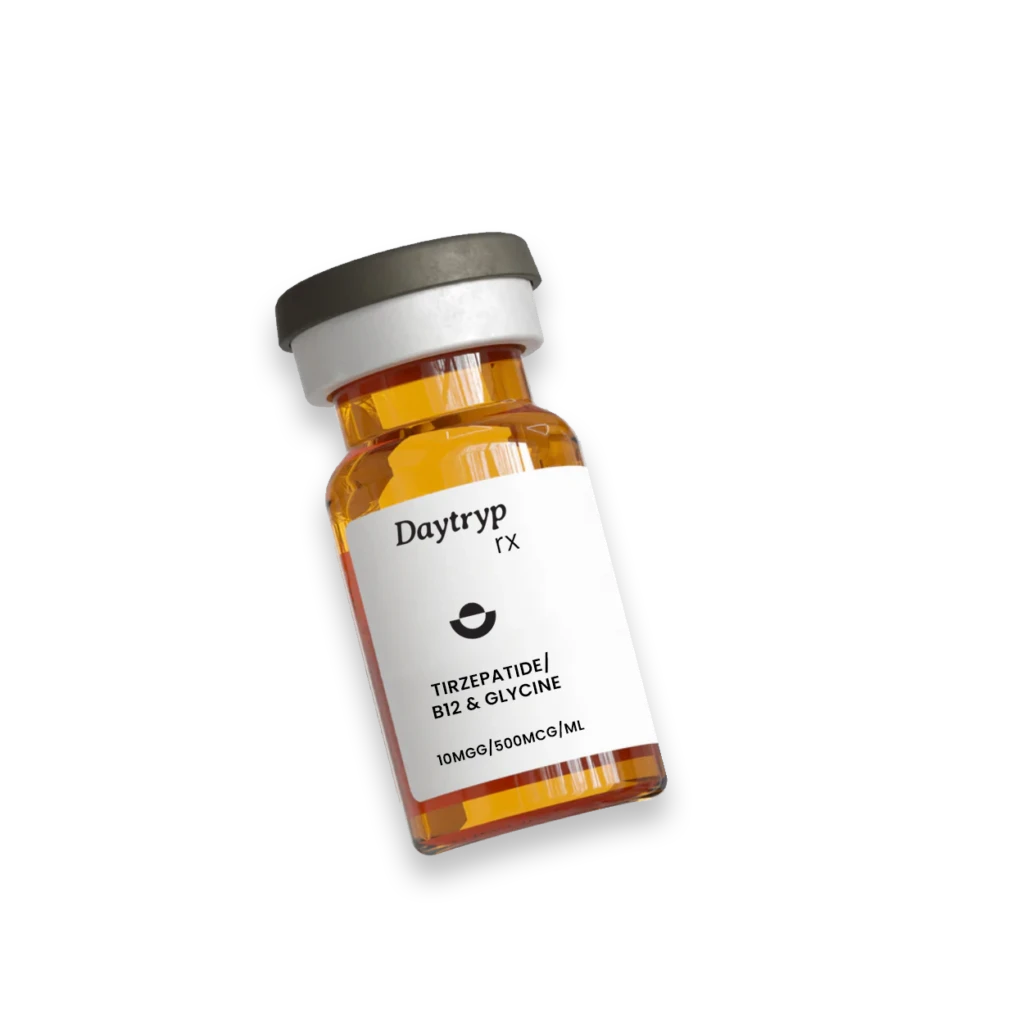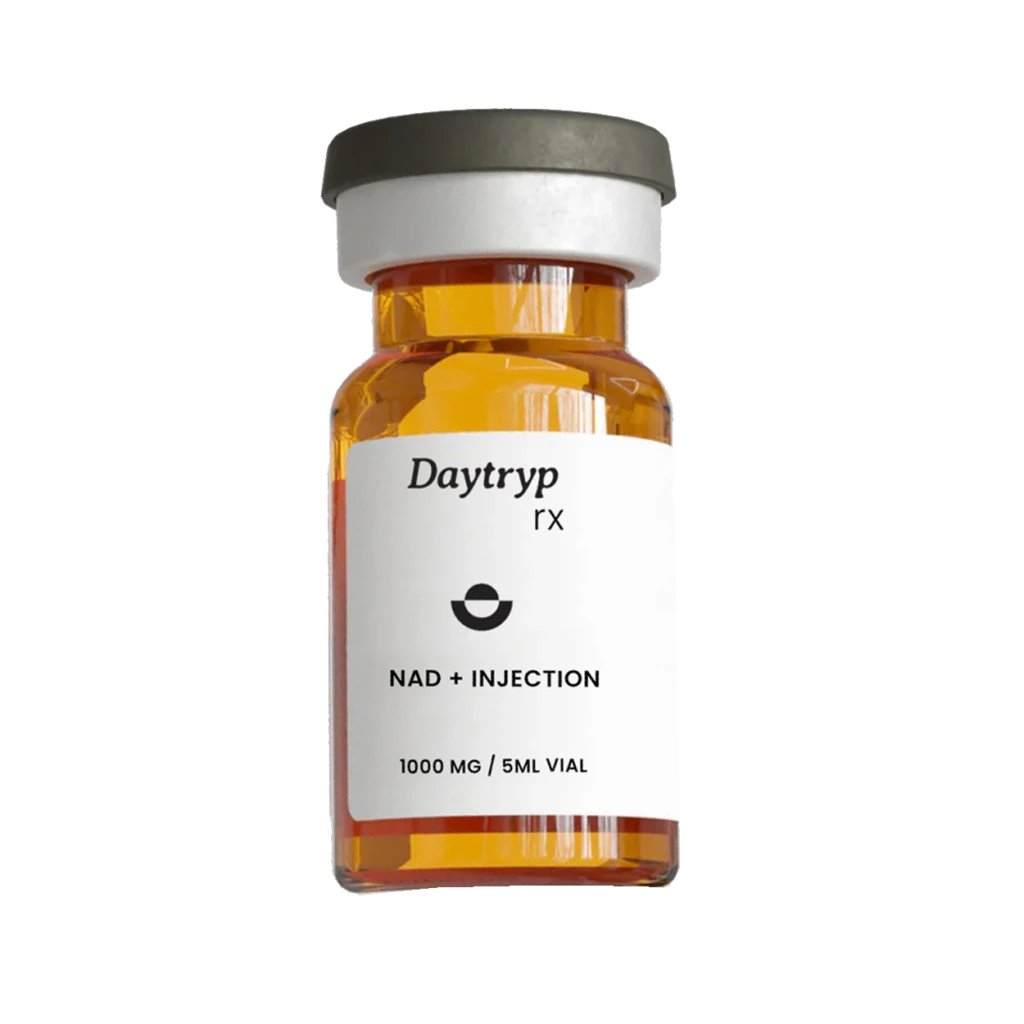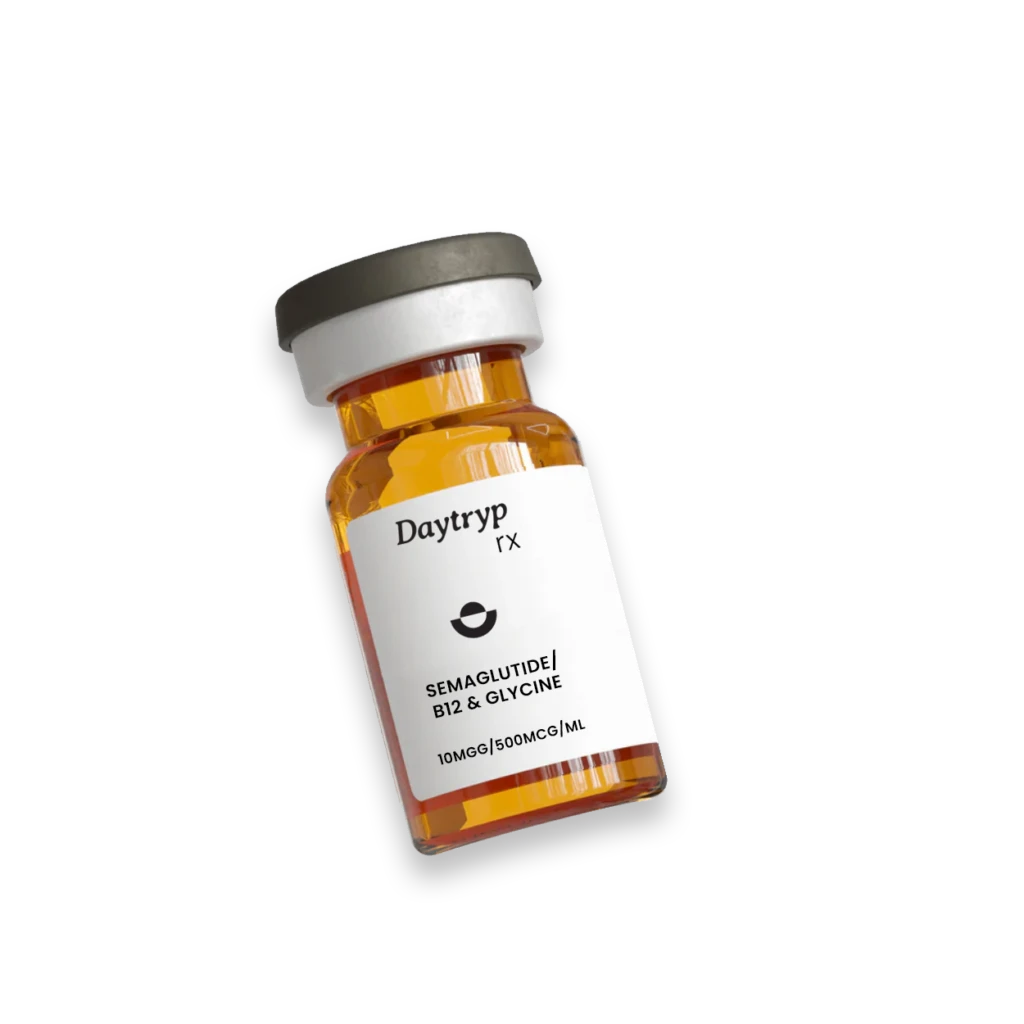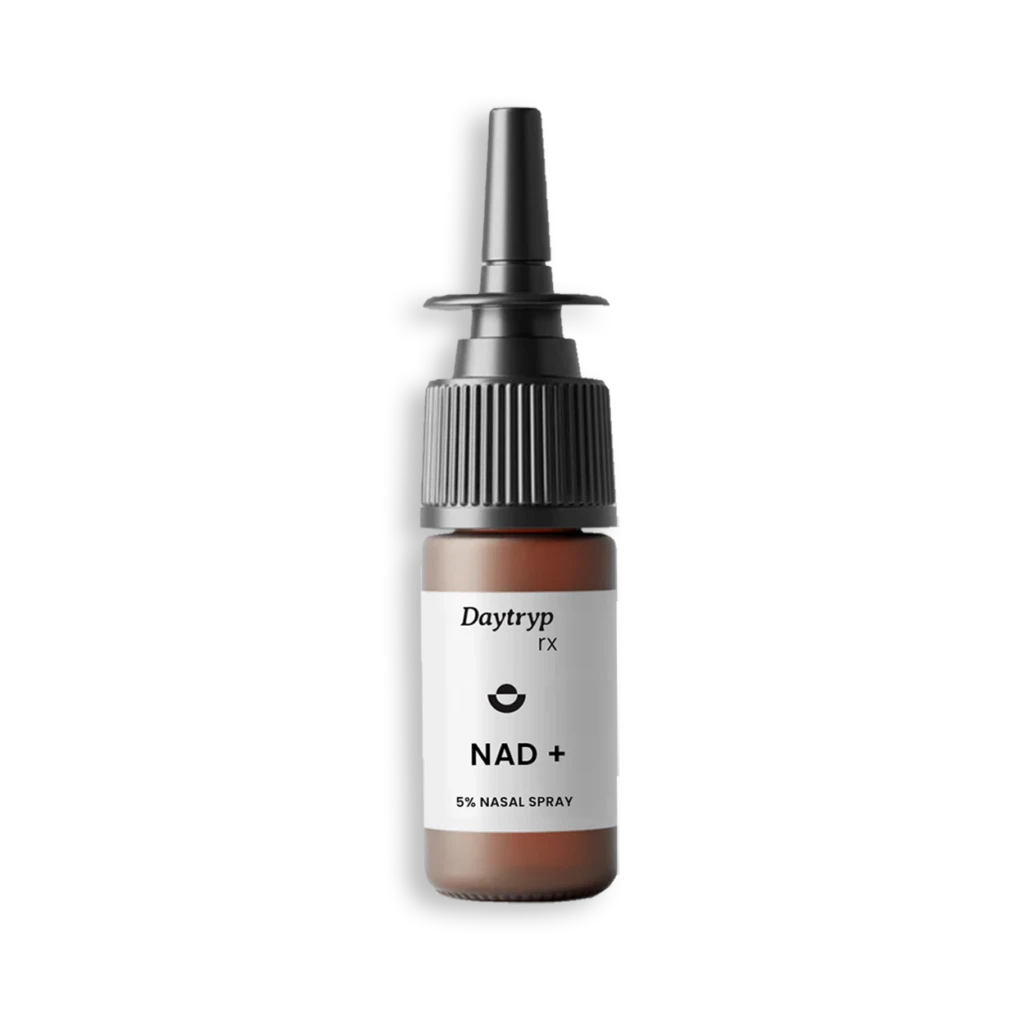- Longevity
- Peptide Therapy
- Psychedelic
- Addiction Recovery
- Weight Loss
Prescriptions Delivered
Unlock the Secret of Living Happier, Longer and Healthier

Free online consultation

US-licensed healthcare providers

Free, discreet shipping






Treatment Categories
At Home Ketamine Therapy
Revitalize,
Recharge, Renew & Heal with Psychedelic Medicine
Tirzepatide
GLP-1 Weight Loss Protocol
Same Ingredient as Zepbound. W/ B-12 & Glycine for Muscle Mass
How it Works

Consultation
Answer a few questions about your symptoms and health history —100% online. Super fast, simple and easy!

Provider Evaluation
A licensed medical provider will assess your medical evaluation and determine if treatment is right for you. All done via a short Tele-Health Meeting.

Shipment
If prescribed, your medication will be shipped discreetly from an FDA-registered pharmacy. Typically your medicine is delivered to your door 4-5 business days after you place the order!
Holistic approach to healthy aging
Why Daytryp RX ?
- Personalized, physician-endorsed therapy
- All 100% online. No waiting rooms, pharmacy lines, or stress
- LegitScript-certified website
- All prescriptions include free delivery with discreet packaging
- Vetted, US licensed providers for every treatment
- On-going, 1:1 support from a healthcare provider
- Unlimited messaging with providers 24/7

Featured Treatments
-

Follicle Fix Hair Growth Serum
$427.05 Buy Now -

Cedar Hair Growth Capsules – Men’s
$169.73 Buy Now -
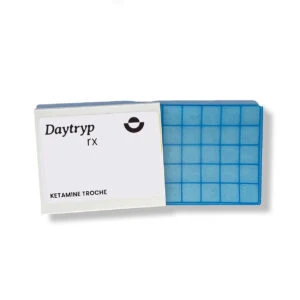
Ketamine Troche 100MG
$397.49 Buy Now -
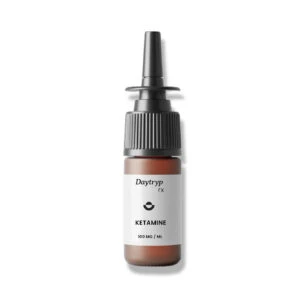
Ketamine Nasal Spray
$419.39 Buy Now -

Olympus – Male Libido Enhancer X 30 Troche’s
$295.65 Buy Now -
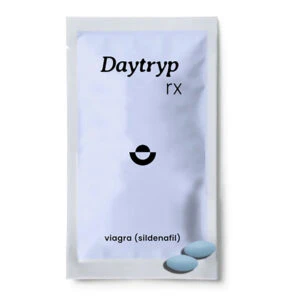
Sildenafil Pills
$235.43 Buy Now -

Tirzepatide Weight Loss Program W B-12 & Glycine- 2ML Bottle
$448.95 Buy Now -

Oral Semaglutide Sublngual Drops
$394.20 Buy Now
Subscription Benefits
- Free 3-day shipping for recurring orders
- Change or cancel anytime
- Pick the frequency
- Build longterm relationship with providers
- 10% discount built in savings with auto subscription option!

Frequently Asked Questions
Who is Daytryp Health for?
Daytryp Health is for adults seeking a holistic approach to address aging-related concerns such as weight management, hair loss, skin health, and erectile dysfunction. Our goal is to help customers improve their overall well-being through personalized, physician-endorsed therapy plans and on-going support from licensed healthcare providers, regardless of their specific age-related challenges.
Do I need insurance?
Insurance is not required to access our services and products. The cost of treatments may vary, but Daytryp aims to provide affordable and accessible solutions to customers without the need for insurance coverage.
Who are the healthcare providers?
All Daytryp Health affiliated doctors are board certified US-licensed healthcare professionals. The medical advisory board comprises experts in psychology, oncology, men’s health, sexual health, neurology, and family medicine.
What if I want to talk to a doctor?
More questions? Visit the FAQs page or send us a chat message.

